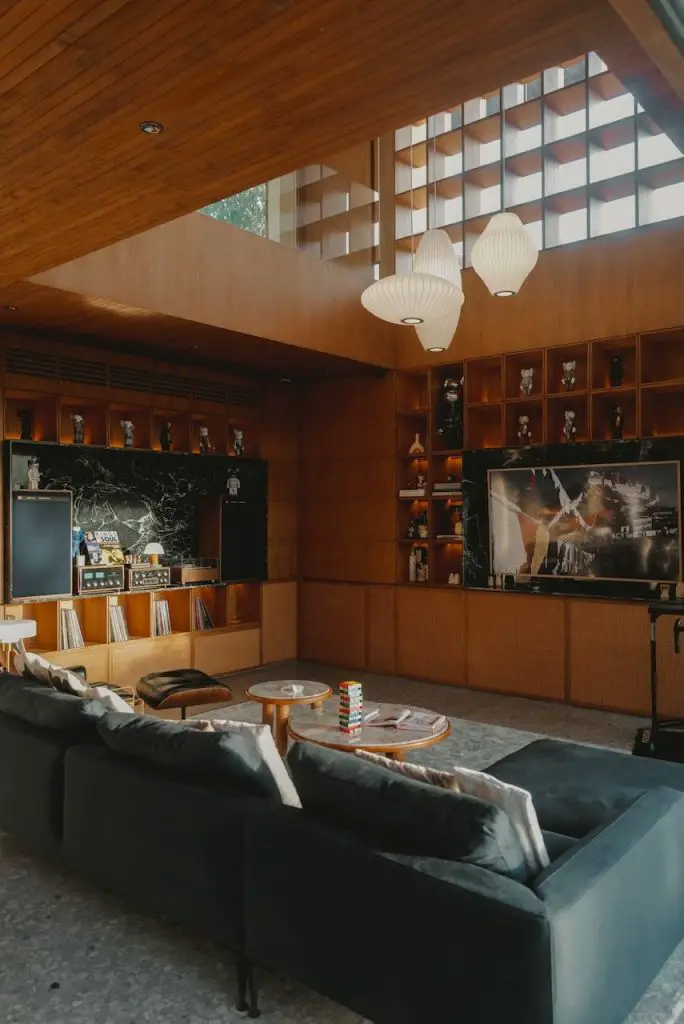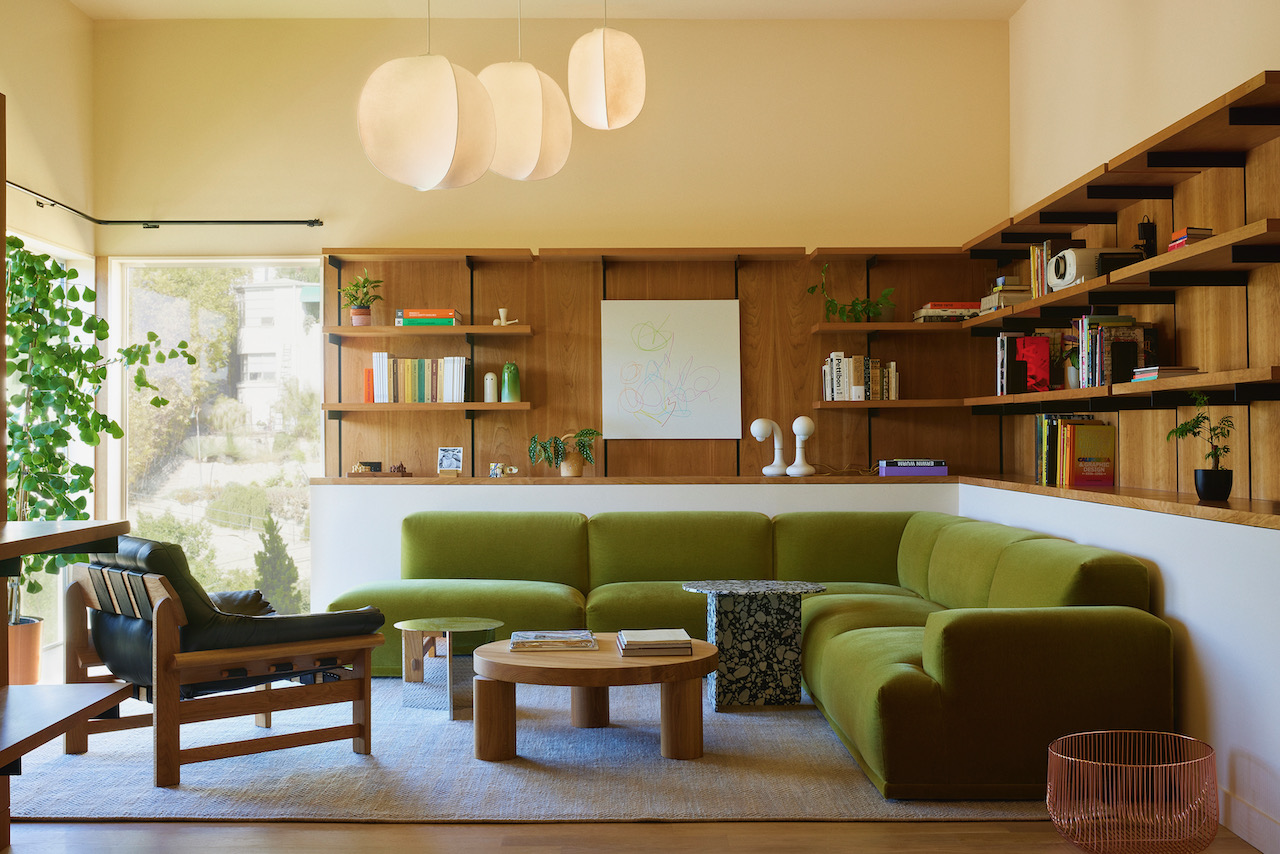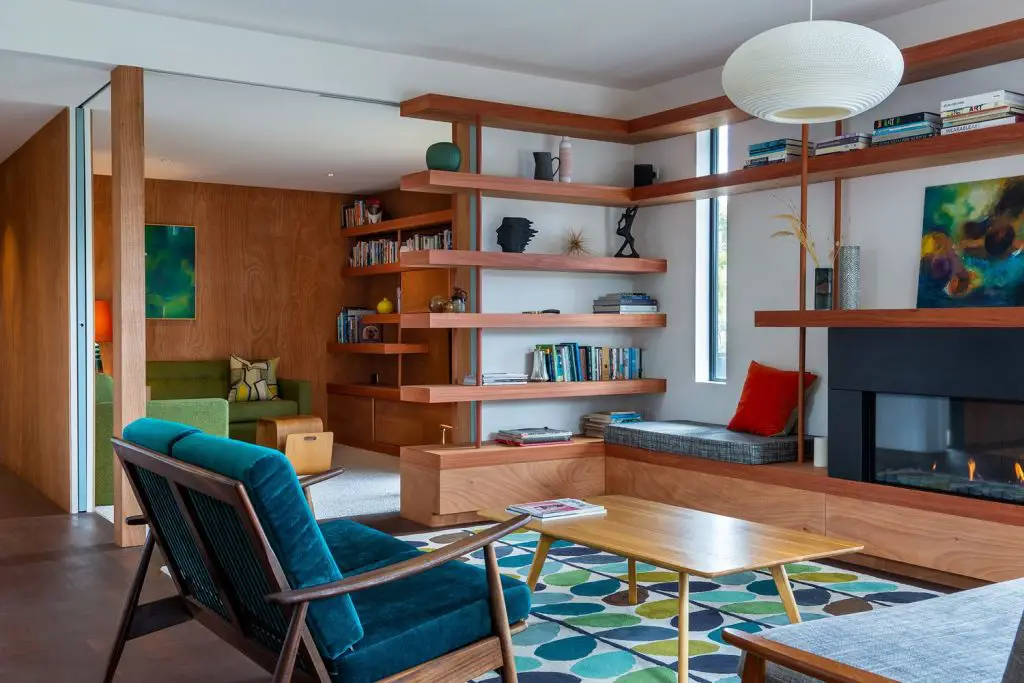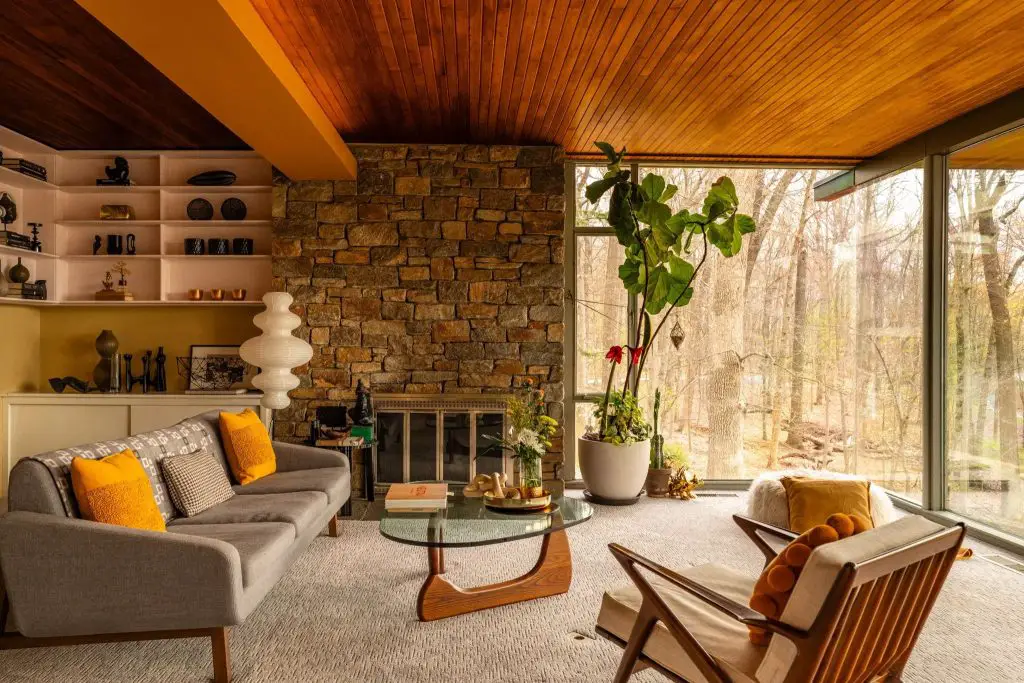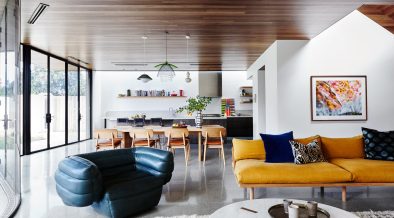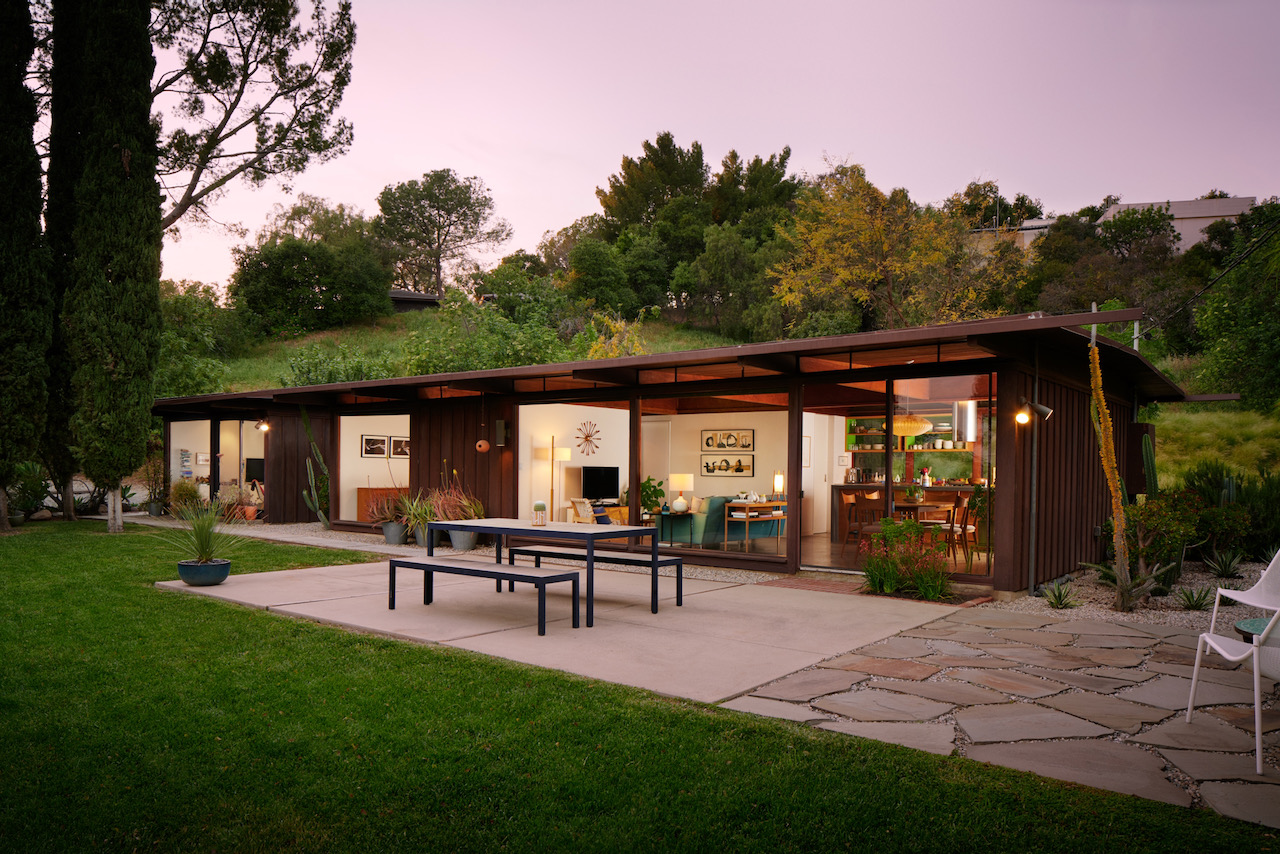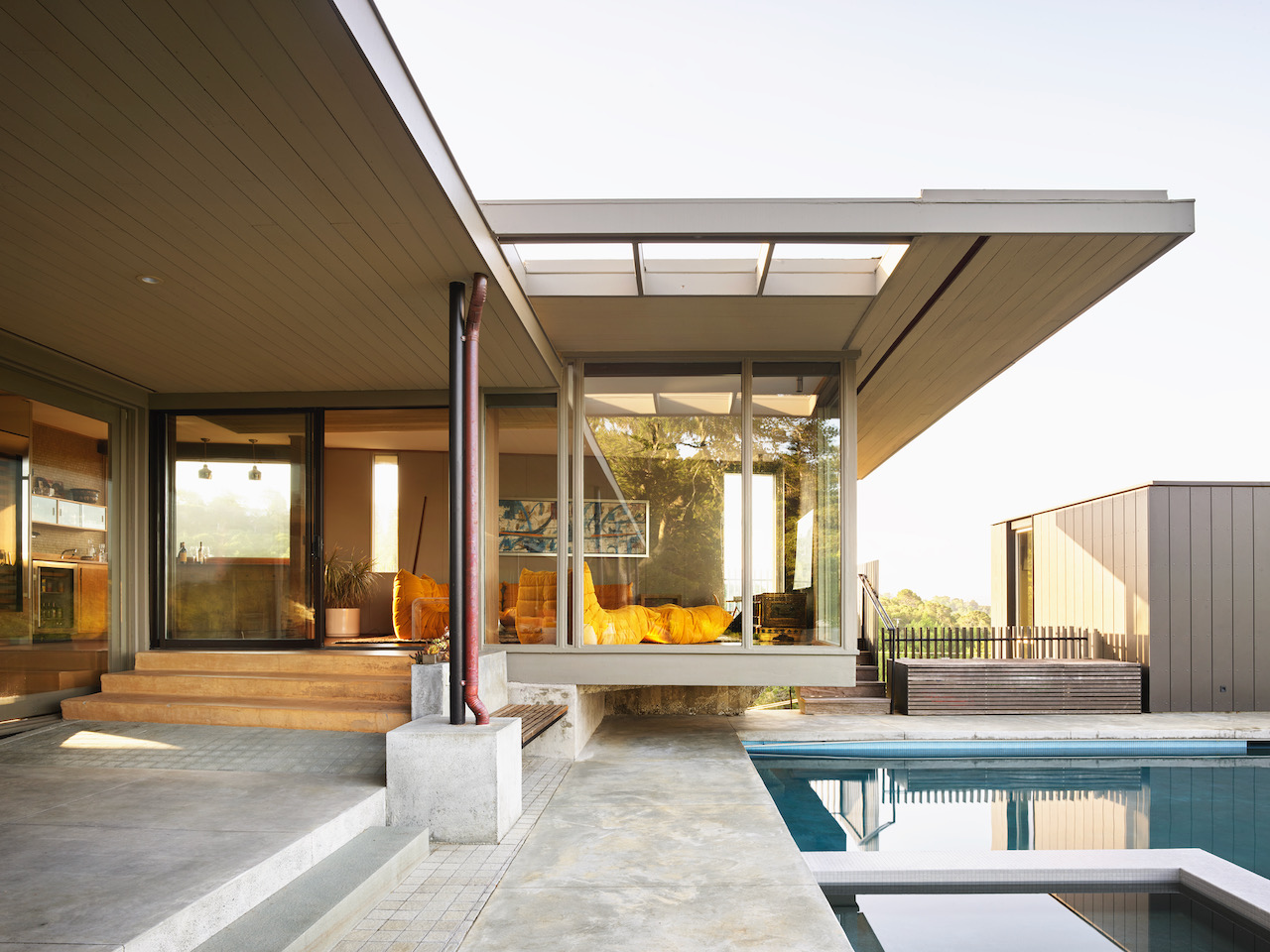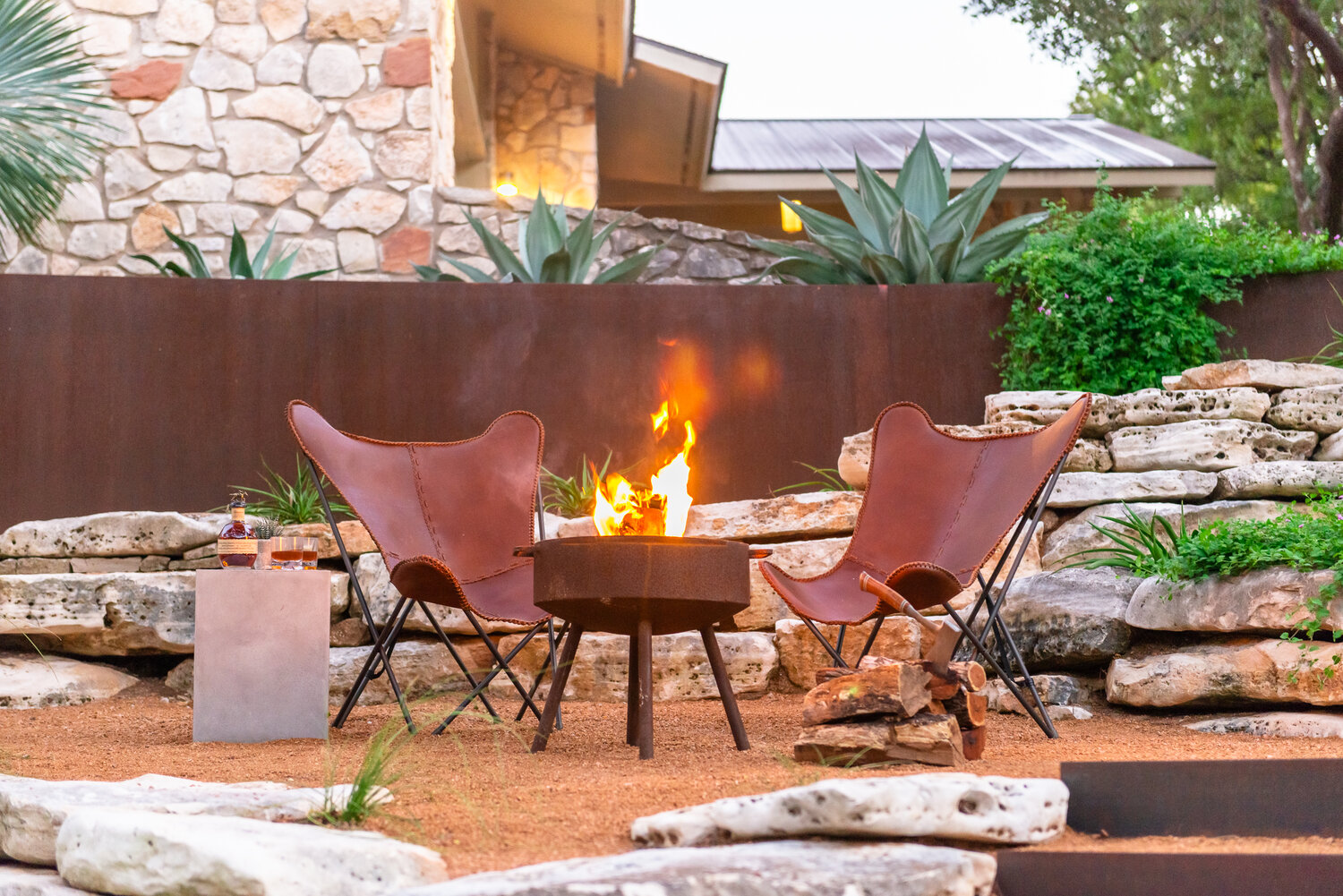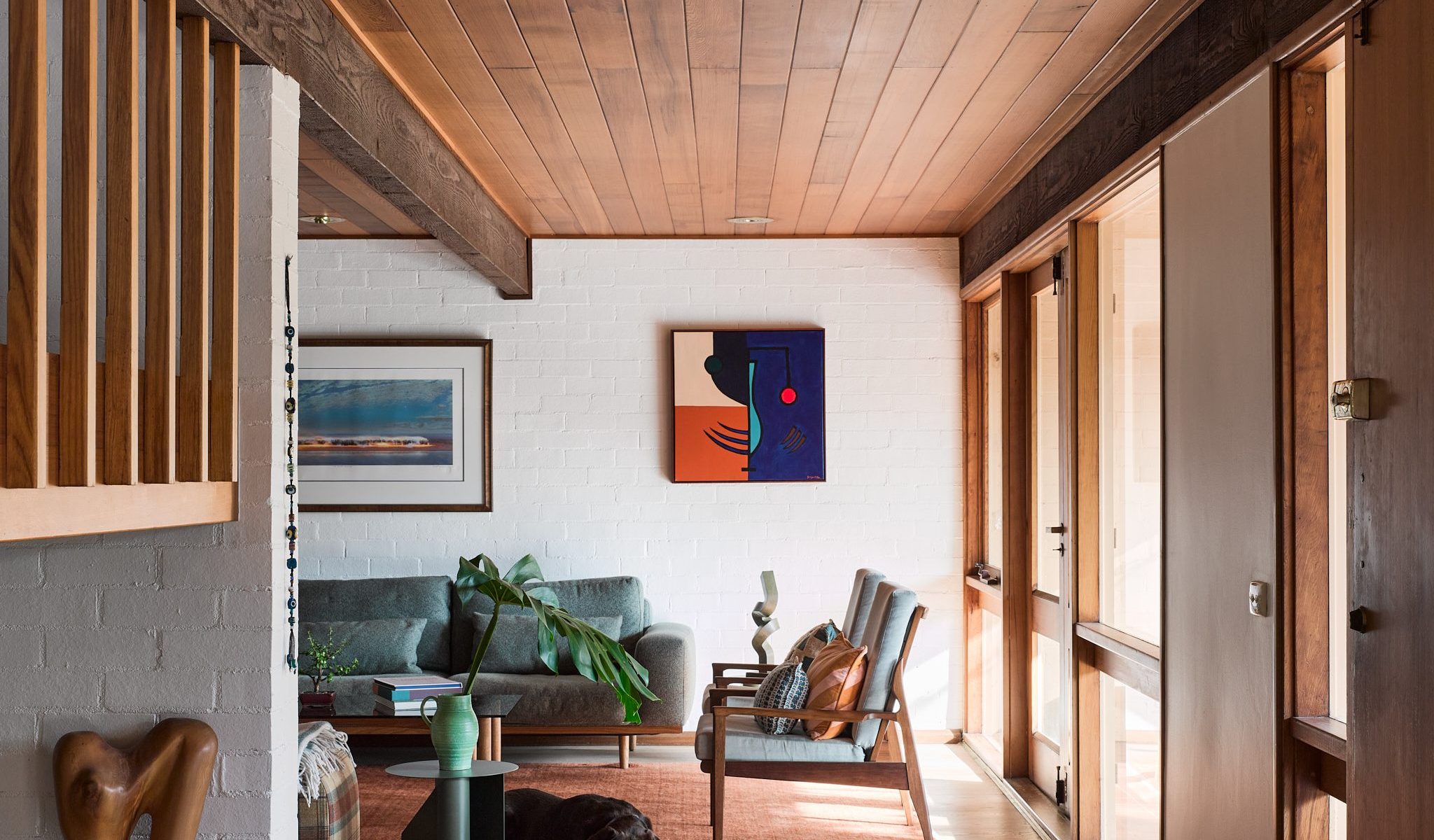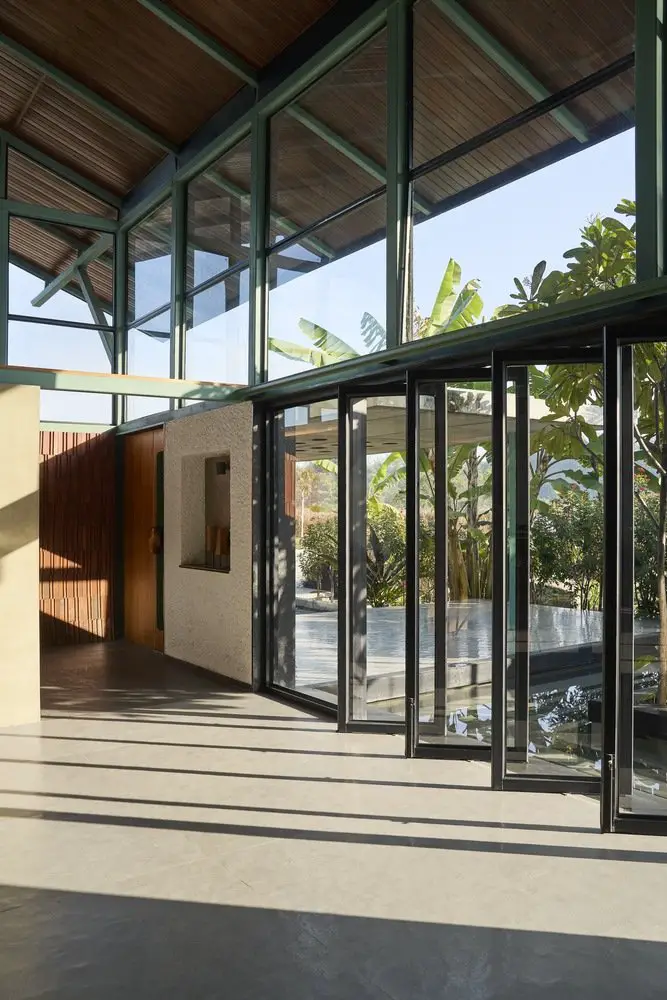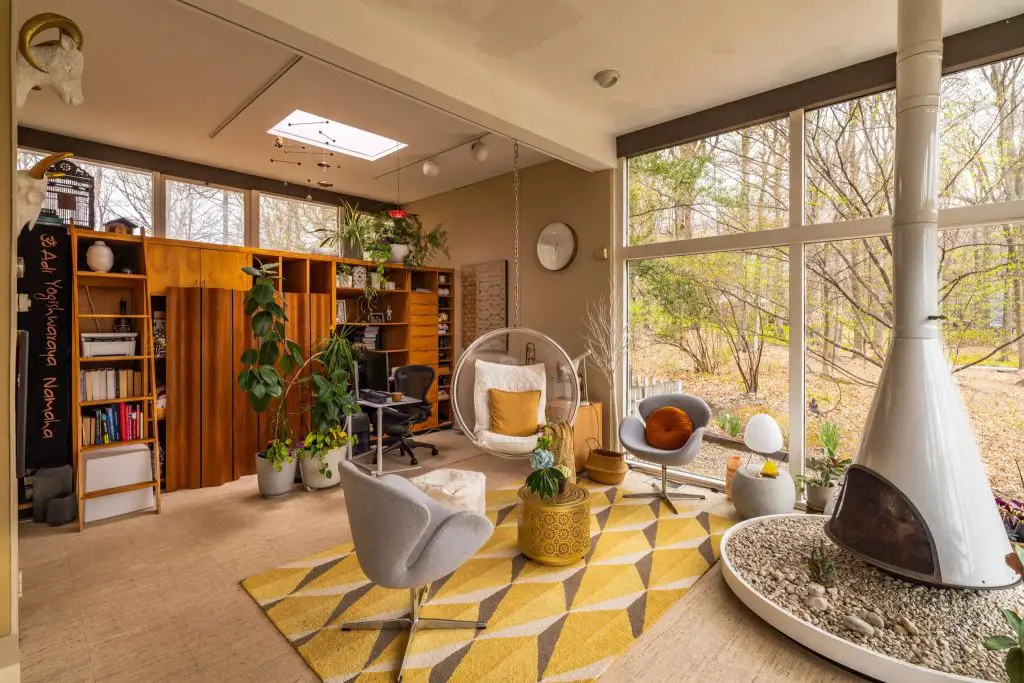
Last week, we explored how mid-century homes turned small spaces into places of purpose. This week, we look at another key feature of the era: clean lines and simple forms.
Not every home from this period looked like the ones we see in magazines today. Many were modest, some were practical. Still, there was a shared idea: to create spaces that felt open and human in scale. Even the simplest houses carried the same design values that shaped the movement.
Mid-century homes were built around the belief that simplicity could make life better. Interiors were open and functional, with fewer walls and clear movement between rooms. Living, dining, and kitchen areas often connected, and large windows brought light into every part of the home. The aim was ease and clarity.
This simplicity showed through proportion and purpose. Fewer partitions meant better flow. Long sightlines gave a sense of connection. Light reached deeper into the house, linking daily life in one rhythm. Even smaller homes followed these ideas, making space feel balanced and calm.

Materials reflected this same thinking. Timber, brick, stone, and glass were used in their natural state. Built-ins and cabinetry supported the structure, reducing clutter and keeping rooms orderly. Modular shelving and low, horizontal furniture reinforced the sense of flow and proportion, while simple pendant lighting helped define areas without adding weight. Whether a custom design or a standard build, the goal was the same: make the home work well without feeling complex.
These homes are still loved today because they balance simplicity with warmth. They were straightforward, never cold. By leaving out what was unnecessary, architects made room for light, comfort, and connection.
These lessons still guide good design and can inspire your own home. The goal is to take inspiration from the clarity and purpose behind them. It starts with how we think about space and how we live in it.
Key Takeaways for Simple Living
- Open the plan: Reduce partitions to improve flow and connection.
- Keep sightlines clear: Let light and movement travel through the home.
- Use consistent materials: Choose a few finishes and repeat them for unity.
- Build in storage: Let furniture merge with the structure to keep rooms calm.
- Design for life: Focus on how each space supports daily routines.
As this series continues, we’ll explore how colour and material add depth to these homes without complicating them.


